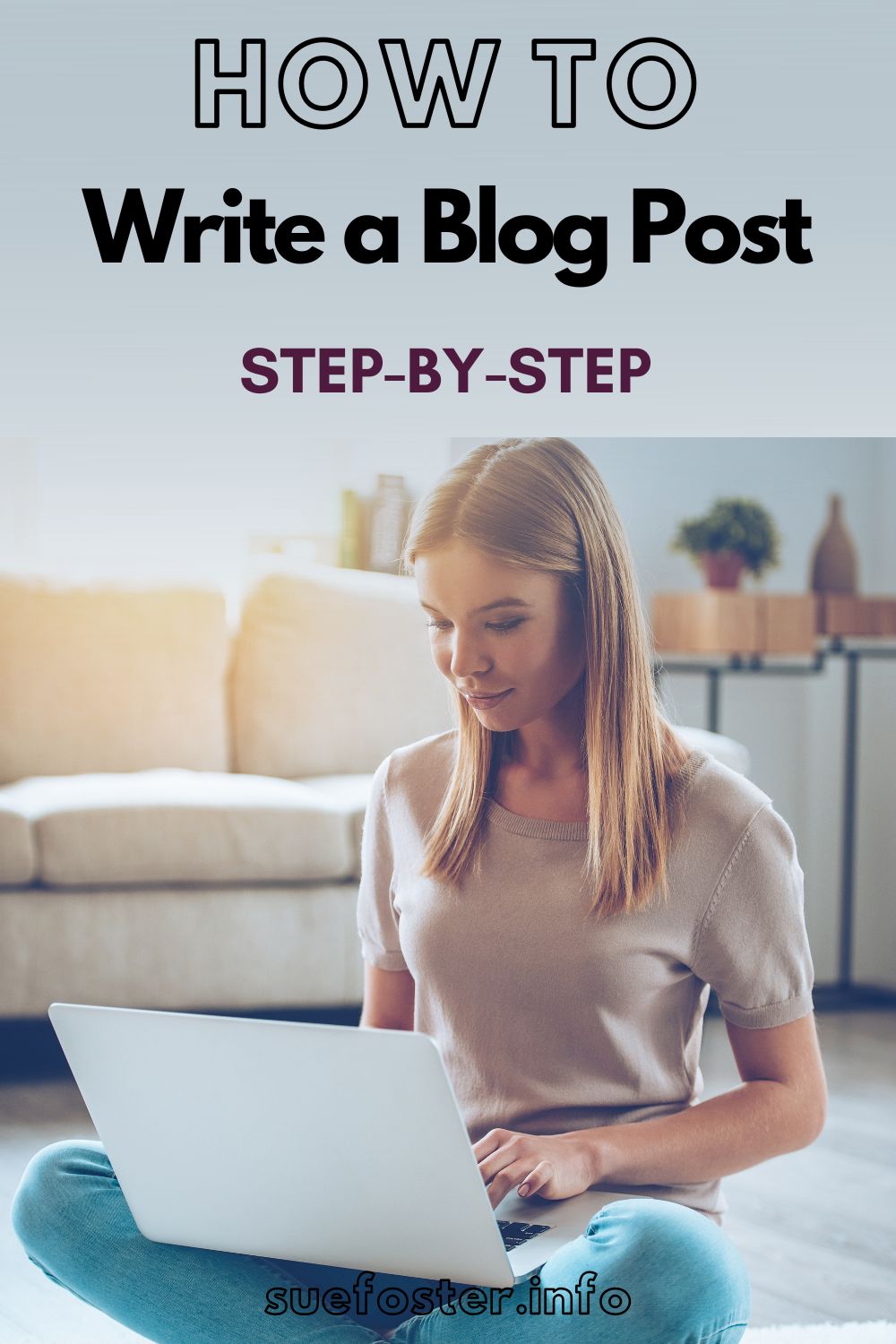Writing a blog post can be a daunting task, especially if you’re new to blogging. But it doesn’t have to be! In this step-by-step guide, I’ll walk you through and show you how to write a blog post, it’s easier than you think and doesn’t have to be complicated.
Choose a Good Title
The title serves as readers’ first impression and often determines whether they click to read the post or move on. A carefully selected title can arouse curiosity and tempt readers to delve into your content.
Engaging titles have a higher likelihood of being shared on social media platforms and other websites. ‘How-to’ titles, in particular, are quite popular.
Write an Introduction
An introduction is a quick overview, talking about what’s going to be covered in your blog post. By writing an engaging introduction, you’ll capture the readers’ attention and entice them to keep reading your post.
Body of the Blog Post
When writing the body of the blog post, it should contain subheadings. This helps structure the content and makes it easier for readers to navigate.
Avoid writing in big blocks of text because it’s hard to read. Instead, keep your paragraphs short, around five to six lines at most. People tend to skim-read, and organising your post this way assists their reading.
Add Links to Your Blog Post
Link out to other sites if the content is relevant to your post and useful to your readers. Linking to other sites creates more credibility for you by citing them.
Monetise your blog post by sprinkling a few affiliate links throughout the content. Choose affiliate products or services that align with your blog’s niche and your readers’ interests. Promoting products you genuinely believe in and use yourself enhances your credibility and trustworthiness.
Add Images to Your Blog Post
By adding images, your blog post will be visually appealing and engaging. They break up long blocks of text, making the content more reader-friendly and less daunting.
Add a featured image to your posts, when readers share your blog post on social media platforms, the featured image is often included as a thumbnail alongside the link.
I create Pinterest pins for all of my blog posts so that the posts can be easily shared on the platform. Adding Pinterest Pins to your blog posts and optimising them for the platform can be a valuable strategy in helping to increase your blog’s reach, traffic, and engagement.
The recommended Pinterest Pin size is typically a 2:3 aspect ratio, the width should be 1000 pixels, and the height should be 1500 pixels.
The Conclusion
Finish off your post with a conclusion. The conclusion summarises what your blog post was about and brings your writing to a close.
You may wish to end with a question so that people are encouraged to leave comments (if you have comments turned on). When readers leave comments it creates engagement and you’re more likely to generate sales.
The term ‘conclusion’ is commonly used to label the final section of a blog post, but you’re not limited to using this specific word. Many bloggers use alternative phrases or headings to achieve the same purpose.


